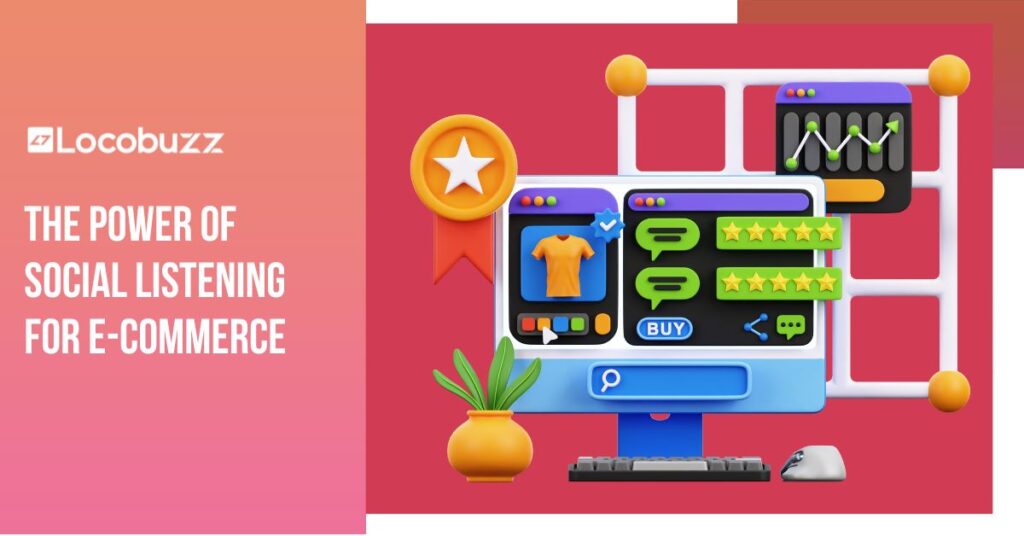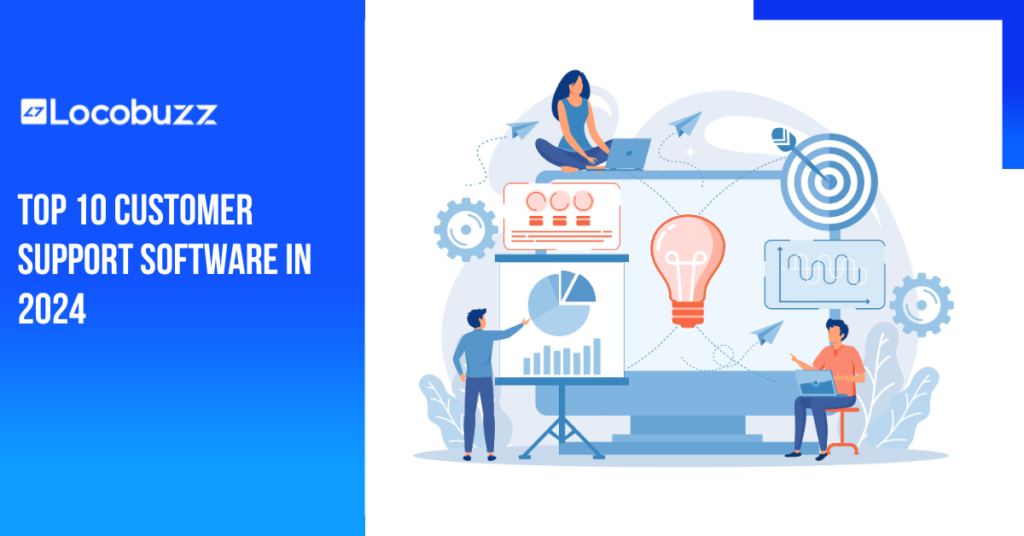Top 15 Social Listening Tools In India
How do Indian businesses keep ahead of online buzz, rapidly evolving trends, and consumer attitudes in real time? The solution is social listening technologies. From small businesses to major corporations, companies are cutting through the digital noise – across social media, blogs, and forums—leveraging these strong tools. This book looks at the top 15 social listening technologies used in India and how they enable companies to remain ahead and interact with customers in real time. Social listening is more than just tracking mentions. It reveals genuine consumer insights by means of conversation, trend, tone, mood, and emotion analysis across digital channels. Data gathering is not all there is. Social listening enables companies to know behaviours and preferences so they can interact, change, and lead with assurance. Top 15 Social Listening Tools In India 1. Locobuzz Cost and Value: Locobuzz offers pricing based on company size and feature needs, ensuring brands pay only for what they use. It’s all-in-one platform saves companies time and resources by combining social listening, customer engagement, and real-time analytics, eliminating the need for multiple tools. Its all-inclusive platform offers brands trying to improve their online presence complete value by combining social listening, customer engagement, and analytics. Analytics and Reporting: Locobuzz provides real-time analytics with customizable dashboards, helping brands detect emerging trends, measure campaign impact, and optimize customer interactions instantly. Core Features: Real-time Social Listening – Locobuzz enables businesses to track brand mentions across multiple social media platforms, forums, and news sites in real time. This ensures companies never miss a crucial conversation, helping them stay informed about customer feedback, industry trends, and potential PR crises. By acting promptly on insights, brands can improve customer relationships and market positioning. Sentiment Analysis – This feature helps brands assess public sentiment—whether it’s positive, negative, or neutral—toward their products, campaigns, or overall brand reputation. By understanding customer emotions, businesses can refine marketing strategies, address negative sentiment proactively, and amplify positive brand advocacy. Customer Engagement – Locobuzz facilitates direct interaction with customers, allowing brands to respond to queries, complaints, or praises instantly. Quick and personalized engagement fosters stronger brand loyalty, enhances customer satisfaction, and improves overall brand perception. It also helps in reputation management and crisis control. Comparative Analysis – Businesses can benchmark their performance against competitors by analyzing industry trends, customer sentiments, and engagement levels. This competitive intelligence helps brands refine their strategies, identify market gaps, and enhance their positioning to stay ahead in the industry. Customizable Dashboards – Locobuzz offers tailor-made dashboards that present critical data in a way that aligns with business objectives. Companies can track KPIs, monitor engagement metrics, and gain actionable insights efficiently, ensuring data-driven decision-making for optimized marketing and customer experience strategies. 2. Sprout Social Cost and Value: Sprout Social offers basic social media management tools and starts its Standard package at $249 per user/month. Advanced analytics and reporting features of higher-tier plans abound. Analytics and Reporting: Sprout Social offers a complete analytics solution, including real-time social listening, sentiment analysis, and customisable dashboards for well-informed decisions. Five basic characteristics: Social Listening: Notes brand references and pertinent keywords. Sentiment analysis evaluates the attitude of online dialogues. Examining rivals’ content tactics and interaction helps one better understand them. Customisable Dashboards: Shows real-time analytics. Publishing and scheduling help to manage material across several platforms. 3. Brand24 Cost and Value: Four price schemes are available from Brand24: Individual at $49/month, Team at $99/month, Pro at $149/month, and Enterprise at $249/month. Every strategy fits a particular company size by varying in the number of users, tracked keywords, and references. Analytics and Reporting: Brand24 offers comprehensive analytics, including sentiment analysis, influencer identification, and conversation volume charts, thereby helping to clarify brand perception and market trends. Core Features: Real-time tracking of brand mentions across several media. Sentiment analysis reveals the feelings underlying online references. Identifying important industry influencers: Highlights Notifies users of noteworthy mentions via custom alerts. Chart illustrating fluctuations in mention volume: Discussion Volume Chart 4. Talkwalker Cost and Value: Talkwalker’s Basic Strategy offers 10,000 monthly results starting at $9,600 annually. Corporate and Enterprise subscriptions offer more comprehensive features together with unique pricing. Analytics and Reporting: Talkwalker presents a whole picture of brand performance by means of AI-powered analysis encompassing sentiment and behaviour insights, image and video recognition, and crisis management capabilities. Core Features: Comprehensive Monitoring covers 150 million domains and over 30 social networks. Sentiment analysis driven by artificial intelligence assesses consumer behaviour and attitude. Image and video recognition finds company logos in visual materials. Crisis Management: offers instruments to manage brand crises. Competitive intelligence: examines rivals’ performance. 5. Mention Cost and Value: Talk about options ranging from a Free edition with few features to the Company plan with personalised pricing. Each ranging in alerts, mentions, and social accounts, the Solo plan is $24/month; Pro at $83/month; and ProPlus at $166/month. Analytics and Reporting: Mention enables real-time tracking, sentiment analysis (in higher-tier plans), and influencer identification, therefore helping companies to manage their online presence properly. Core Features: Real-time monitoring tracks brand references in several media. Sentiment Analysis: Offered in more advanced strategies to gauge public opinion. Key influencers engaged with the brand are found by influencer tracking. Notifies users of noteworthy mentions via custom alerts. Competitive Analysis: Shows brand performance vs rivals. 6. YouScan Cost and Value: Starting at $299 a month, Your Scan offers tailored pricing for businesses requiring additional capabilities. Analysis and Reporting: Deep analytics—visual insights, sentiment analysis, trend identification—are available from YouScan. It logs share of voice, reach, interaction, and general brand impression. Core Features: Visual insights help one identify scenery, objects, and logos in photographs. Sentiment analysis groups references as either favourable, negative, or neutral. Trend Analysis: Points up newly developing subjects and debates. Benchmarking competitors helps one to monitor brand attitude and performance. Identifies influential industry speakers on pertinent subjects. 7. Emplifi Value and Costs: Emplifi has a bespoke pricing scheme, hence exact charges must be requested in a demo. Reporting and analytics: Emplifi provides real-time social listening and analytics driven
 Skip to content
Skip to content









